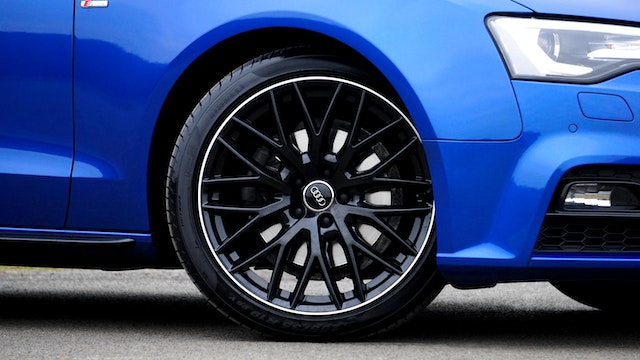Properly inflated tires are crucial to your safety, the safety of those that share the road with you, the lifespan of your tires and your gas mileage. Maintaining proper tire pressure is a simple and effective way to save yourself money and, potentially, save lives.
1. Underinflated Tire Pressure
The most common problem with tire inflation is not enough air. That’s because your tires naturally lose air over time, especially during periods of very cold weather or when temperatures fluctuate from hot to cold when the seasons change.
When tires are underinflated, more of the rubber touches the road than it should. This can reduce the lifespan of a tire by approximately 25%. Underinflation can also reduce a car’s fuel economy by over 5% due to drag of the extra rubber against the road.
Driving a vehicle with underinflated tires can also result in a loss of control while driving or even cause the tire to explode, resulting in a crash. Ensuring your vehicle’s tires are properly inflated will allow for better handling and result in a less bumpy, more comfortable ride.
2. Overinflated Tire Pressure
On the other end of the spectrum, overinflated tires can also cause problems when you’re driving. When a tire has too much air inside, less of the rubber is touching the road. This can put excess stress on the rubber that comes into contact with potholes, speed bumps, or debris like rocks or tree branches.
Just like with underinflated tires, overinflated tires greatly reduce your car’s handling and control, making it more difficult and more dangerous to drive. An overinflated tire has so much air that it risks popping or having a blowout while you’re driving, resulting in an accident.
Overinflated tires have harder sidewalls and tread than normal and can give you a bouncy feeling when you’re driving. This means your car’s traction is greatly reduced. If you’ve been in an accident because of overinflated tires, contact a car accident lawyer Bay Area for help.
3. Properly Inflated Tires
You can check your vehicle’s optimum tire pressure by looking at your owner’s manual or checking the sticker label located inside the driver’s side door jamb. You should also ask your auto maintenance mechanic for the specific tire inflation of each new tire you purchase.
Most gas stations have a place where you can easily and conveniently check your tire pressure for no cost. You might want to get into the habit of taking a few minutes each time you fill up with gas to check your tire pressure, especially during colder months or times of fluctuating temperatures.
Properly inflated tires not only provide a smoother, more comfortable ride, but also save you money on fuel, minimize harmful emissions, and proper inflation is also easier on your car’s engine.
Checking your tire pressure is a simple way to ensure that your tires wear properly, extend the life of your tires, and keep yourself and others safe on the road. With today’s fuel costs, you will be happy to save money whenever possible.

